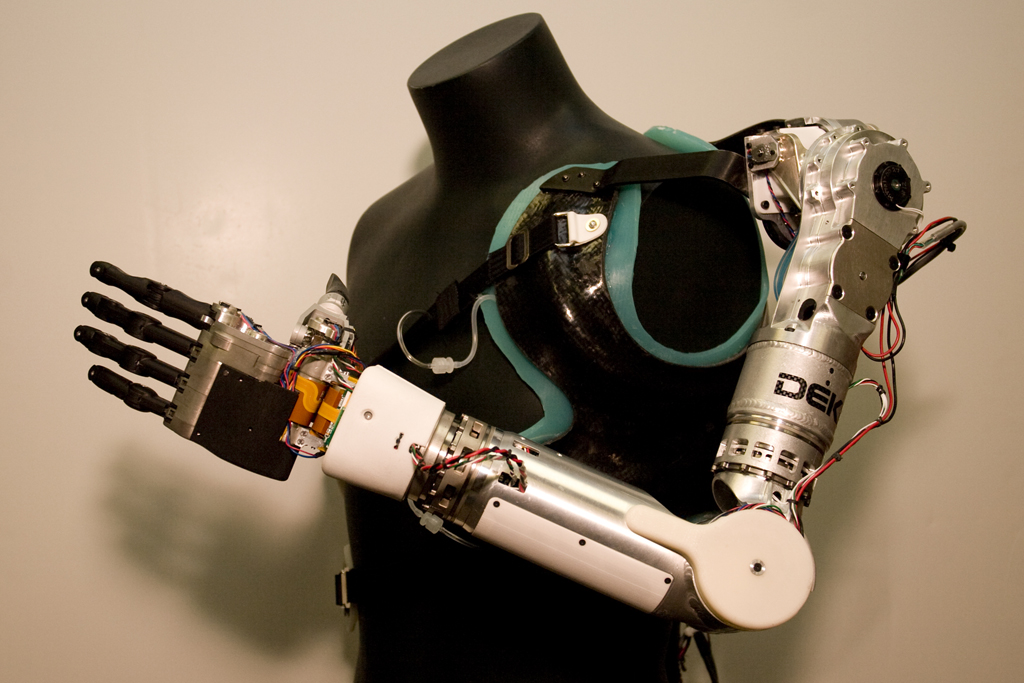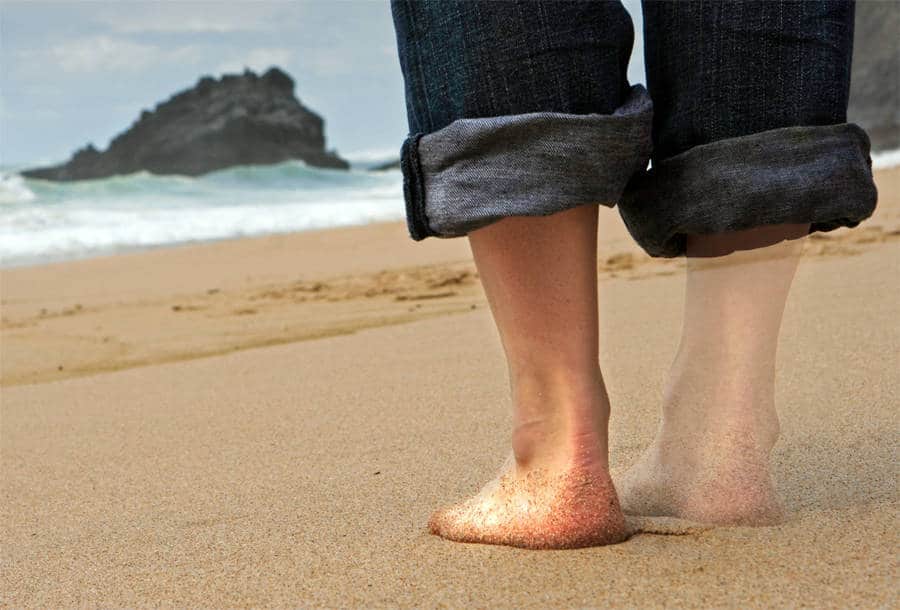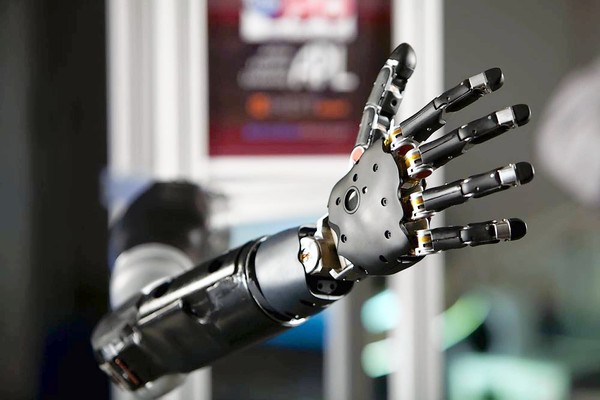Phantom limb pain is common for people who have lost arms and legs. They experience pain in parts of their body that are no longer connected, and unfortunately this pain can be debilitating. Now, researchers are developing a method using augmented reality to help patients deal with chronic intractable phantom limb pain.
VR Programs Cause Phantom Pain Rates to Reduce by 50 Percent
According to a clinical study published in The Lancet, the method of treatment was developed using augmented reality and machine learning. The method was tested on 14 arm amputees with chronic pain. Despite other methods of pain relief failing in the past, those using the new system experienced pain reduction rates of about 50 percent.

The new method was developed by Dr. Max Ortiz Catalan at Chalmers University of Technology. According to Dr. Ortiz Catalan, “We selected the most difficult cases from several clinics. We wanted to focus on patients with chronic phantom limb pain who had not responded to any treatments. Four of the patients were constantly medicated, and the others were not receiving any treatment at all because nothing they tried had helped them. They had been experiencing phantom limb pain for an average of 10 years.”
Dr. Ortiz Catalan calls the method Phantom Motor Execution, which consists of using muscle signals from the amputated limb to control virtual environments. Electric signals in the muscles are detected by electrodes placed on the skin and artificial intelligence algorithms translate the signals into movements of the virtual arm. Study participants watched on a screen with their virtual arm in the place of their amputated arm, and were able to control the arm as they would control their biological limb.
Ongoing Sessions with the Augmented Reality Program Reduced Pain
Patients in the study received 12 sessions of treatment utilizing the new method. During the last session, the frequency, intensity, and quality of pain was reported as having decreased by approximately 50 percent. Other issues caused by chronic phantom limb pain, such as interruption of sleep and interference with daily activities also reduced by half. Two of the four study participants were also able to reduce their use of pain killers by 33 and 81 percent.

The method was tested during a clinical trial run in collaboration with Sahlgrenska University Hospital in Gothenburg, Örebro University Hospital in Örebro, Bräcke Diakoni Rehabcenter Sfären in Stockholm, all in Sweden, and the University Rehabilitation Institute in Ljubljana, Slovenia.
According to Ortiz Catalan, “Our joint project was incredibly rewarding, and we now intend to go further with a larger controlled clinical trial. The control group will be treated with one of the current treatment methods for phantom limb pain. This time we will also include leg amputees. More than 30 patients from several different countries will participate, and we will offer more treatment sessions to see if we can make the pain go away completely.”
Dr. Ortiz Catalan calls the study results “very encouraging. The fact that patients had tried other methods of pain relief that failed is especially promising. He elaborates, “In our study, we also saw that the pain continuously decreased all the way through to the last treatment. The fact that the pain reduction did not plateau suggests that further improvement could be achieved with more sessions.”
In the past, a variety of medical and non-medical methods have been used to alleviate chronic phantom limb pain. Doctors have tried various types of medication, mirror therapy, acupuncture, and implantable nerve simulators, but none have helped.

This new and improved technology that does appear to offer a workable treatment for pain is available in an open source research platform, as well as a clinically friendly version. Researchers are hopeful the technology might also prove useful for other patient groups in need of rehabilitation, such as following a stroke or an injury that caused nerve damage.





